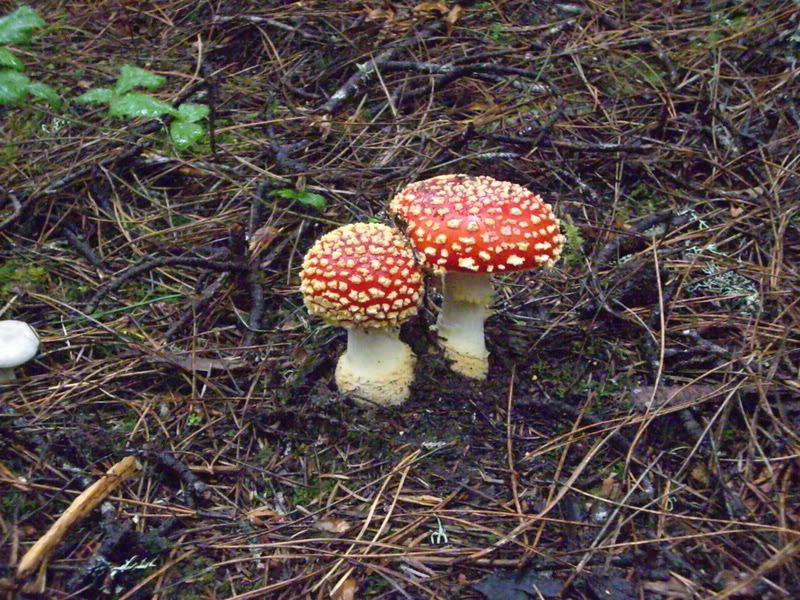Some reflections on my participation in the Art of Regional Change project
Ryan E. Galt
Department of Human and Community Development
& Agricultural Sustainability Institute
I was drawn to the Art of Regional Change project for a number of reasons. First, I am a large fan of visualizing information, so I found the project title and mission intriguing. Second, I was also interested in engaging with people in the humanities. As a geographer I was used to engaging with humanities-oriented scholars, such as Bill Cronon and Yi-Fu Tuan, in my previous department. My current appointment in community development and the Agricultural Sustainability Institute generally had limited my interactions on campus to social scientists and biophysical scientists. This seemed an important opportunity to build a larger community of research and practice for the present project and into the future. Third, I had heard great things about jesikah maria ross and her work, and this presented an opportunity to engage with her. Fourth, the project also created an opportunity for me to work together with my colleague Jonathan London, who is director for the Center for the Study of Regional Change and a faculty member in my department. As this was my first year at UC Davis, I had not had many chances to get involved with projects of my colleagues.
My research project involved the creation of a map showing the distribution of organic farms by county in California (Figure 1). I used data from the 2002 US Census of Agriculture. This choropleth map is unique in that it portrays organic farms relative to the total number of farms in the county. Most maps tend to show just absolute number of organic farms, giving no indication as to whether this represents a large proportion of total farms or not. Absolute numbers are also included on the map through numerical data. I had hoped to compare the distribution of organic farms between 1997 and 2002 and perhaps even 2007 to see areas of high growth, low growth, etc., but quickly discovered that the 1997 US Census of Agriculture did not collect data on organic farms. And it turned out that the map creation came too soon since USDA announced that the results of the 2007 census will not be available until February 2009. Thus, the maps of change in organic farms over time will be created early next year.
My participation in the project also involved two standout events. The first was the community mapping workshop that Mike Ziser and I led. jesikah advertised the workshop to a number of community members and also arranged to have a number of laptops available so we could all work together on a project. For the workshop, I presented a brief introduction to cartography, and Mike presented on bioregionalism. We then broke the participants into groups to brainstorm both the “what” (topics, data) and the “why” of what they might want to map for the West Point community. Each group then shared their ideas, and then all workshop participants worked to organize the ideas into potential thematic maps to be constructed. We then took a stab at using the My Maps feature of Google Maps, a tool that makes collaborative cartography possible (some photos of the workshop are available at the Up From the UnderStory blog: http://upfromtheunderstory.blogspot.com/). It is my understanding that materials from this workshop will be available through the Davis Humanities Institute website or that of the Center for the Study of Regional Change.
The benefits of my participation in this first of ARC projects were many. First, it provided me resources to begin work on a larger, multi-year research project. Second, I believe future engagements with ARC and community youth will continue because of the connections I have made with other ARC members. Third, it provided the opportunity to attempt my first foray into leading a community mapping workshop. I see great opportunities for these types of workshops as the starting points of community projects that document local circumstances, resources, and issues for the benefit of community members.

0 comments:
Share your views